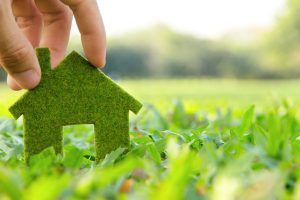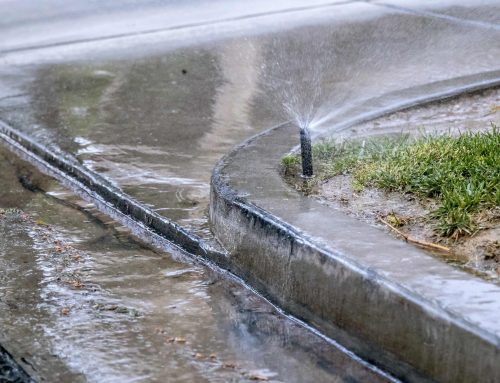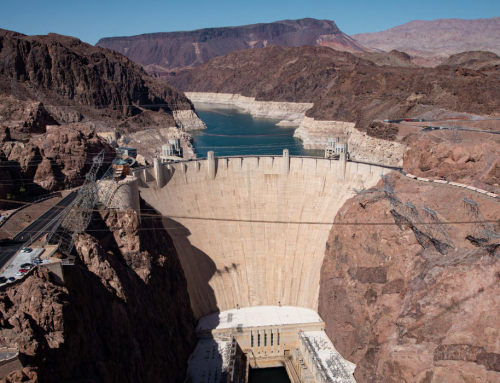Most of us have started to factor environmental concerns into our daily decision making and the trend of net-zero positive-energy homes is accelerating.
 From saving energy here and there to switching over to sustainable energy sources, taking meaningful action means rethinking not only how we live our lives, but how we build our homes, too.
From saving energy here and there to switching over to sustainable energy sources, taking meaningful action means rethinking not only how we live our lives, but how we build our homes, too.
Enter net-zero homes. They rely on energy-efficient design and renewable energy production to avoid grid-energy consumption. Positive energy homes are net-zero homes that produce more energy than they use. Home Improvement Leads discusses the essential aspects of net-zero and positive energy homes.
Passive Solar Design
Passive solar design relies on a home’s surroundings and the area’s climate to decrease the energy load. The windows must be properly oriented and shaded to ensure that the house receives maximum sunlight in the winter. During the cooling season, however, the windows are shaded with awnings to prevent overheating. The actual materials used in construction are thermal mass materials, meaning from the windows to the walls and floors, they absorb heat rather than allowing it to pass through.
High Efficiency Heating
Heat pumps are an efficient alternative to furnaces and air conditioners. Geothermal heat pumps are even more efficient and boast low operating costs as well as eco-friendliness. Additionally, a drain-water heat recovery system can help you recover the heat from water you’ve already used. A heat recovery ventilator (HRV) can help provide fresh air in a home that has been made airtight for efficiency’s sake without losing that efficiency.
Efficient Appliances
A home can’t be net-zero with energy efficient appliances and fixtures. Use Energy Star labels to guide you to windows, appliances, and light fixtures that perform well and don’t waste energy.
 Photovoltaic Solar
Photovoltaic Solar
Passive solar design and energy efficiency help minimize a home’s energy demands so that it can rely on sustainable energy—solar, geothermal, and wind—to meet all of its needs. The size of solar system a home will require depends on its energy demands, which is why it’s important to minimize before you invest in a photovoltaic solar array.
Other Sustainable Aspects of a Net-Zero Home
Technically, a net-zero energy home is a residence with zero net energy consumption. But in addition to these minimum requirements, many net-zero homes have other sustainable features in common. In keeping with the eco-friendliness of net-zero homes, most are built using sustainably-sourced, eco-friendly materials. The stains, paints, and coatings on surfaces like walls, floors, and cabinets are free of volatile organic compounds (VOCs). Home automation is used to closely manage the HVAC system and lights.
Net zero homes play an integral role in a future of clean energy consumption. Paired with eco-friendly building practices and materials, net-zero is a home construction trend that’s here to stay.










